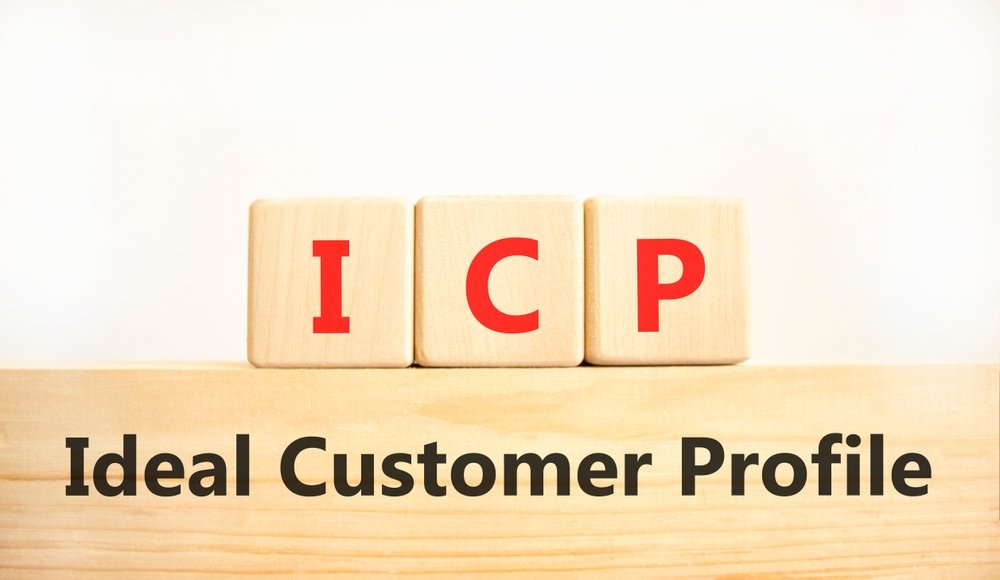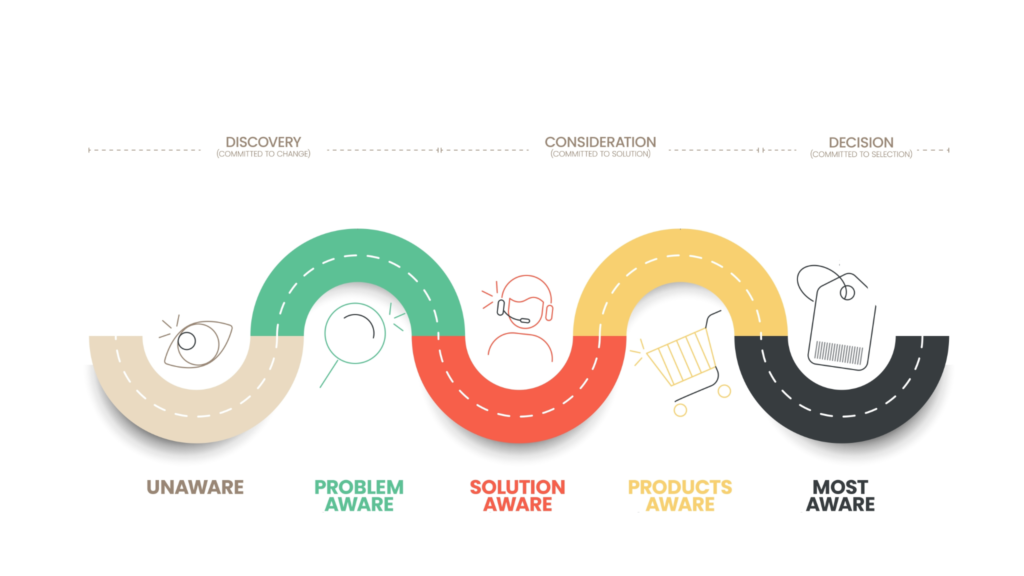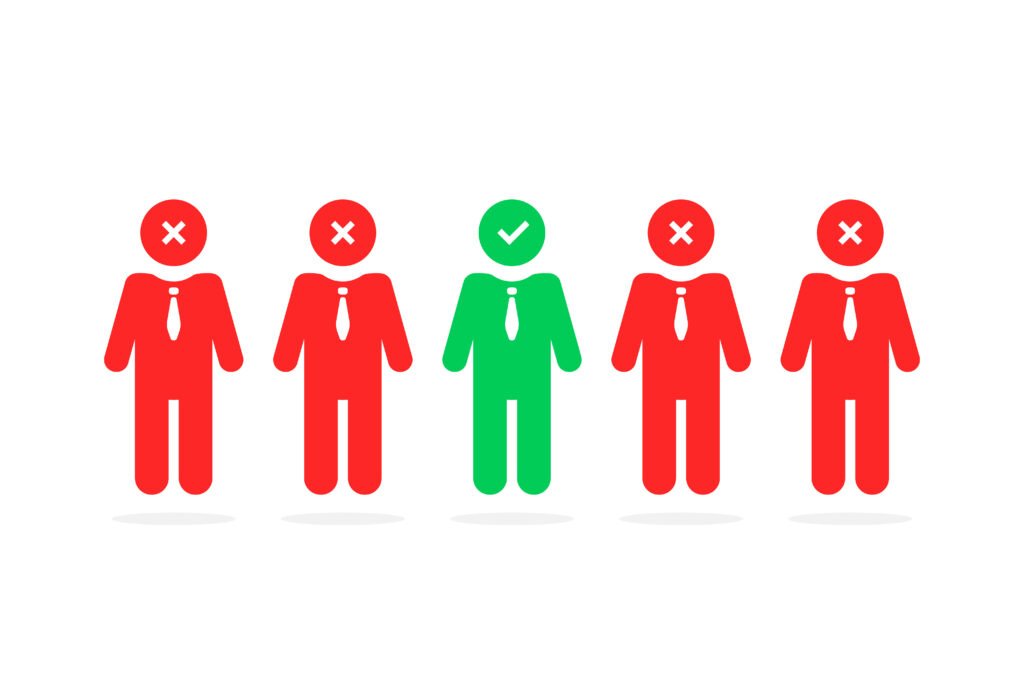In this post, you’ll get a complete B2B SaaS go-to-market checklist. This guide will help your sales and marketing teams bring new products to market. Launching a new product or expanding into a new market can be complex. A strong plan is essential. This step-by-step guide simplifies the process. It will help ensure your product reaches the right audience and lowers the risk of GTM failure.
This checklist covers product validation, understanding your audience, and choosing marketing channels. It also includes aligning sales and marketing efforts. Each part has real, actionable steps to help your go-to-market plans succeed.
What is a Go-to-Market (GTM) Strategy?
Before we go into the checklist, let’s align on what a go-to-market (GTM) strategy is. A GTM strategy is a detailed plan. It defines how to introduce a new product or expand an existing one into a new market. For B2B SaaS companies, this means coordinating targeted marketing and sales efforts. As a result of a successful GTM motion, your company will reach the right audience with your product, convert sales, and achieve product-market fit.
This checklist covers product validation, understanding your audience, and choosing marketing channels. It also includes aligning sales and marketing efforts. Each part has real, actionable steps to help your go-to-market plans succeed.
GTM Strategy vs. Marketing Plan
A go-to-market (GTM) strategy focuses on launching a product or expanding into a new market. It highlights the steps needed for a successful launch. A marketing plan, on the other hand, details how to execute your overall strategy. Unlike a GTM strategy, a marketing plan is long-term. It serves as a roadmap to reach your marketing goals, such as an annual plan or a broad digital strategy. A GTM strategy draws from this long-term plan but tailors it to a specific launch. Knowing how these plans work together helps teams use resources well and take clear, focused actions.
This checklist covers product validation, understanding your audience, and choosing marketing channels. It also includes aligning sales and marketing efforts. Each part has real, actionable steps to help your go-to-market plans succeed.
B2B SaaS Go-To-Market Checklist Overview
Now that we are aligned on what a GTM strategy is, it’s time to dive into the checklist. This checklist outlines the key elements you need to ensure your go-to-market plans are successful. It covers everything from product validation to key performance indicators (KPIs).
Here’s your SaaS GTM checklist:
- Have evidence of product-market fit
- Set business objectives
- Define your Ideal Client Profile (ICP)
- Create buyer personas
- Complete a competitive analysis
- Define a Unique Value Proposition (UVP)
- Create a pricing strategy
- Define the buyer’s journey
- Select your marketing channels
- Do a talent check
- Budget
- Set Go-To-Market key performance indicators (KPIs)
- Ensure Sales & Marketing Are Aligned
Making Each Step Actionable: In the rest of this post, we will break down each checklist item. The goal is to make each step as actionable as possible for your SaaS organization.
Have Evidence of Product-Market Fit
Evidence of product-market fit is important for any B2B SaaS go-to-market strategy. Start by gathering positive feedback from beta tests and surveys. Early sales or purchase commitments also help. This feedback shows that your product has value. A strong GTM strategy needs clear proof that users find the product helpful. Marketing and sales teams should work with product and client success teams. They need to review this evidence before starting any new GTM plan. At this stage, product marketing plays a key role. They should ensure this step is complete. If not, the strategy could face problems later.
Set Business Objectives
Clear business objectives align your GTM initiatives with the company’s strategy. Senior leadership or revenue operations should set these objectives. Input from sales and marketing is also important. These objectives should focus on revenue. They should consider the total addressable market (TAM), competition, and available resources. Additionally, they should match the company’s growth plans. Clear objectives give your team a strong starting point for GTM planning.
If clear business objectives do not exist, bring key stakeholders together. Then, work with them to create these objectives.
Define Your Ideal Customer Profile (ICP)

An ideal customer or client profile (ICP) describes the ideal customer for your product and focuses on account-level details. Once defined, having clear ICPs will help you target your marketing and sales efforts.
What to include in an ICP:
- Firmographics: Include details like industry, company size, revenue, and location.
- Technographics: Identify the tech they use.
- Key decision makers: List decision-makers. For instance, consider roles like eCommerce managers, CEOs, and COOs. By knowing who holds decision power, you can better target your outreach.
Create Buyer Personas

A buyer persona is a profile of a decision-maker outlined in your ICP. Your ICPs help you find and target the right companies and decision-makers. Buyer personas help you create the right messages. They do this by giving marketers and sellers information about potential buyers. Overall, personas include job details, personal facts, goals, and problems.
A buyer persona is a profile of a decision-maker outlined in your ICP. Your ICPs help you find and target the right companies and decision-makers. Buyer personas help you create the right messages. They do this by giving marketers and sellers information about potential buyers. Overall, personas include job details, personal facts, goals, and problems.
Key components of a buyer persona:
- Job Details: List their role and title. For example, Chief Information Officer (CIO) or eCommerce Manager.
- Personal Facts: Include their age, location, and education. This helps you understand who they are.
- Traits and Values: Note what they care about and their habits. These details affect their choices.
- Goals: Explain what they want to achieve. For instance, they may want to improve systems or grow the business.
- Problems: Point out their main challenges. For example, limited resources or security issues.
When you outline this information on your potential buyers, you will understand your market better. This means your messages will be clearer and more focused. As a result, your marketing and sales efforts will become more effective.
Complete A Competitive Analysis
A competitive analysis shows the strengths and weaknesses of your competitors. It highlights where you can stand out and gives you ideas for GTM tactics and channels. To get the most out of your competitive analysis, focus on these areas:
- Websites and content: Review competitor website messaging and calls to action.
- SEO and paid search: Use tools like SEMrush to find their keywords and ad strategies.
- Social media presence: Check their engagement levels and types of content. This can help you spot trends and see what works.
- Trade show efforts: Look at the shows they attend and how they engage with potential clients at those shows.
- Pricing models: Study their pricing structure. This information will help guide your own pricing decisions.
- Positioning: Identify how they position their product in the market. Look at their value propositions and what makes them different.
Have a Unique Value Proposition (UVP)
Your UVP should show how your product solves client challenges and should explain how it does so better than the competition. This unique position helps your SaaS solution stand out in a crowded market.
Create A Pricing Strategy
Choose a pricing model that resonates with your market segment and supports your business objectives, whether it’s tiered, freemium, or subscription-based. A well-thought-out pricing strategy influences buyer perception, supports your positioning, and can impact long-term profitability.
Define The Buyer’s Journey

Understanding the buyer’s journey and knowing where your buyers are within the journey is essential. If your ICP helps you target the right people and your buyer personas help you develop the right message, then understanding the buyer’s journey ties it all together. It helps you reach the right buyer at the right time with the right message.
To define the buyer’s journey, use Eugene Schwartz’s model. Schwartz’s model divides buyers into five levels of awareness:
Unaware: Prospects don’t know they have a problem.
Problem Aware: They know they have an issue but are unsure how to solve it.
Solution Aware: They know the type of solution they need, but they haven’t chosen a product yet.
Product Aware: They are looking at your product or competitors.
Most Aware: They are ready to buy and need final reassurance.
By understanding your buyers’ level of awareness, you can tailor your messaging and media placements to where they are in their buying journey. In other words you can account for the timing of a buyer’s journey in your GTM
Select Your Marketing Channels
Defining the buyer’s journey in the previous step of the GTM checklist will help you see where most of your potential buyers are in the five stages of buyer awareness. Most technology companies will find that buyers fall into two main groups: Unaware & Problem Aware and Solution, Product, & Most Aware.
Unaware & Problem Aware Buyers
These buyers either do not know they have a problem or know they have a problem but have not found a solution. Many innovative technology companies have buyers in these stages. This is often because they are the first software of their kind. As a result, potential buyers are not familiar with the solution. For this reason, companies with buyers in these stages should focus most of their media budget on education and thought leadership.
To reach this group, use these marketing channels:
Social Media Campaigns
Webinars
Event Marketing
These channels will help you introduce problems and solutions to your market. This type of marketing is called demand generation.
Solution, Product, & Most Aware Buyers
For SaaS companies in competitive markets, buyers may be in the Solution Aware, Product Aware, and Most Aware stages. These buyers already know the type of solution they need. They may already know about your product or similar ones. Some may have even used similar products before.
To reach this group, use demand capture channels like:
SEO
Paid search
Software review sites
Intent data platforms (e.g., Bombora, DemandBase, 6sense)
These channels help you capture existing demand for solutions like yours. It is also important to invest in social media and thought leadership. However, start by capturing existing demand. The ROI from investing in demand capture channels is clearer, and the payback period is shorter. Once you optimize your demand capture channels, move to thought leadership to boost the impact of your GTM strategy.
A Note on SDRs and BDRs
Sales Development Representatives (SDRs) and Business Development Representatives (BDRs) can engage buyers at all stages. They work well for solution-aware prospects. This is even more effective when combined with ABM tools like Demandbase or 6sense.
Do A Talent Check

One of the most important questions a GTM owner can ask is: does my team have the experience, skills, and knowledge needed to execute this GTM strategy successfully?
If not, you may need to hire new talent or partner with agencies. Alternatively, you could focus your GTM efforts on areas where your team already has the expertise to support.
GTM owners should audit these key areas:
- Segment Marketing Talent: Do team members understand your target ICPs and buyer personas in depth?
- Marketing Channel Experts: Additionally, do you have specialists who can execute on the critical channels in your GTM?
- Sales Development Management: Do you have a team with a proven record of managing SDRs or BDRs to drive growth?
- Analytics: Finally, do you have a strong analytics partner who can track channel performance and measure GTM impact?
Set Go-To-Market Key Performance Indicators (KPIs)
KPIs should align with your business objectives. They help you track the success of your GTM strategy. Marketing-sourced pipeline metrics—like qualified opportunity ARR or the number of qualified opportunities—are good KPIs for SaaS companies. To assess their effectiveness, check if these marketing-sourced opportunities lead to won business on an on-going basis.
Some companies use Marketing Qualified Leads (MQL) as a KPI. However, KPIs that focus on pipeline creation are often more effective. Only consider upper-funnel metrics like MQLs if your sales cycle is very long. A long lead-to-pipeline journey can delay performance data. This delay makes it harder for marketing to optimize campaigns. In these cases, setting an MQL KPI can help track progress.
Demand Capture vs. Demand Generation
Most companies use last-touch attribution to track the final interaction before a sale. This model is common because it’s easy to measure. Last-touch attribution works well for demand capture channels, such as paid search, SEO, and software review sites.
For demand generation pushes, such as thought leadership on social media, consider adding self-reported attribution alongside last-touch systems. For instance, include a “How did you hear about us?” field on website forms. This lets leads share where they first heard of you.
To keep reporting consistent, choose one main attribution model for organization-wide reporting. If you select last-touch attribution, keep it simple. However, use self-reported data as an extra layer to guide media investments. For example, if ARR from social media is low on last-touch, but many leads cite LinkedIn as their first contact, this suggests LinkedIn efforts are valuable.
Beyond core KPIs, let your channel experts select specific metrics to track for each channel.
Ensure Sales & Marketing Are Aligned

“Ensure sales and marketing are aligned” is simple to write out, but is perhaps the hardest to master on this list. Start with shared goals and educate both sales and marketing on each other’s roles. Make sure everyone understands the background of the GTM strategy, including the ICPs and buyer personas it covers. Most importantly, be patient, give everyone the benefit of the doubt, and let them know you have their back.
Final Thoughts
Launching a B2B SaaS product or expanding into new markets is challenging. A well-structured GTM strategy can make all the difference. Each item on this list is designed to keep your team focused, optimize your resources, and position your product effectively in the market.
As you implement these steps, remember that flexibility and iteration are key. Markets evolve, and so will your strategy. Use your KPIs to monitor progress and adapt as needed. Keeping sales, marketing, and product teams aligned around shared goals will also be important for sustained success.
With this checklist as your guide, you’re equipped to build a GTM strategy that not only launches your product but sets it up for long-term success.





